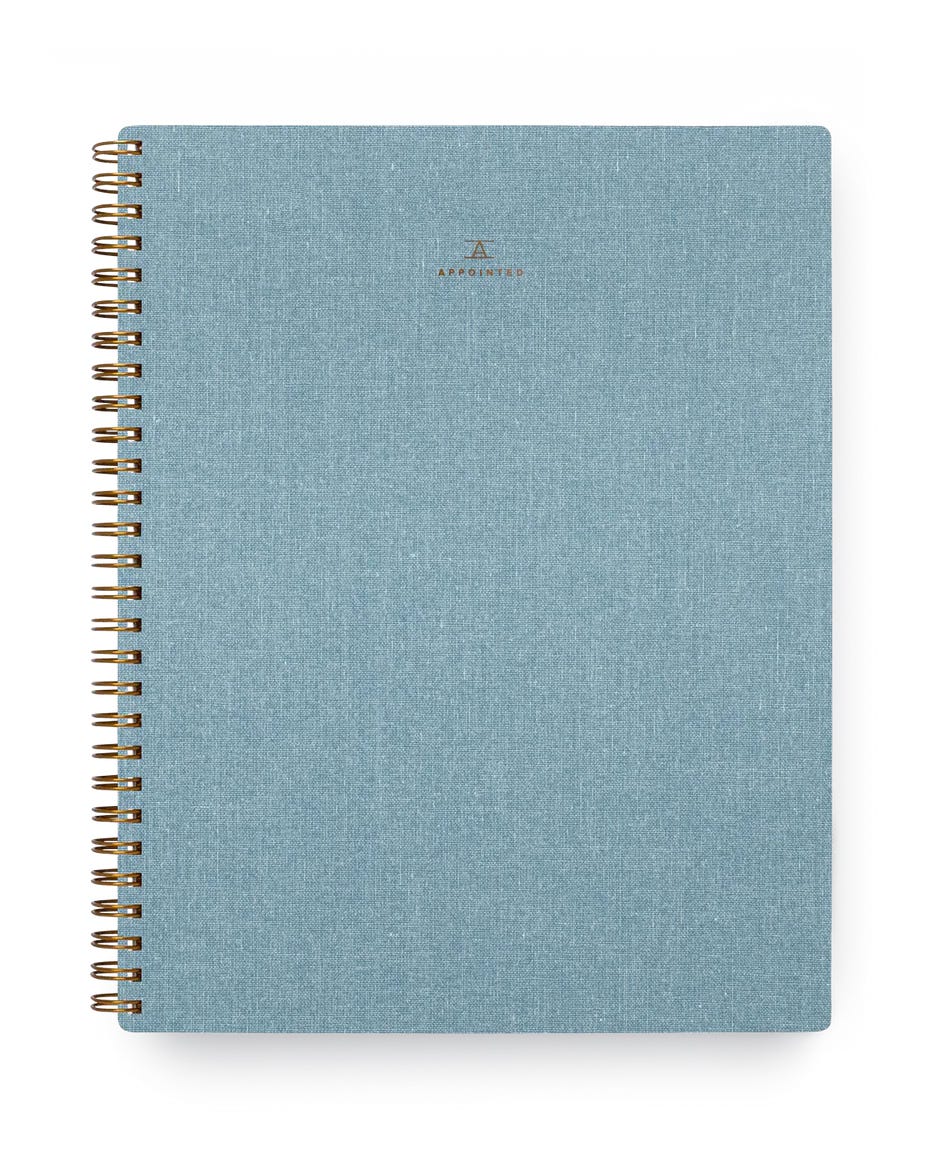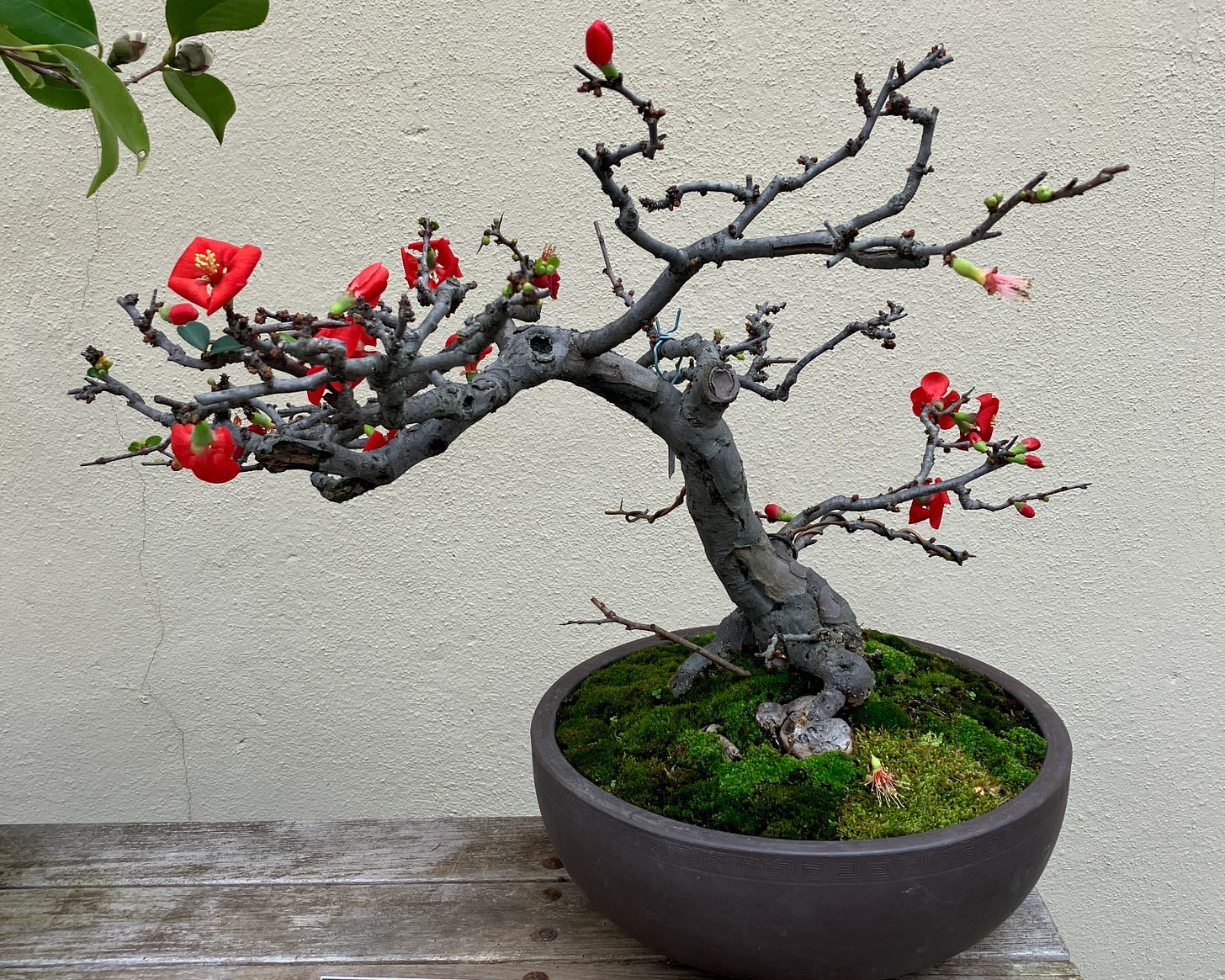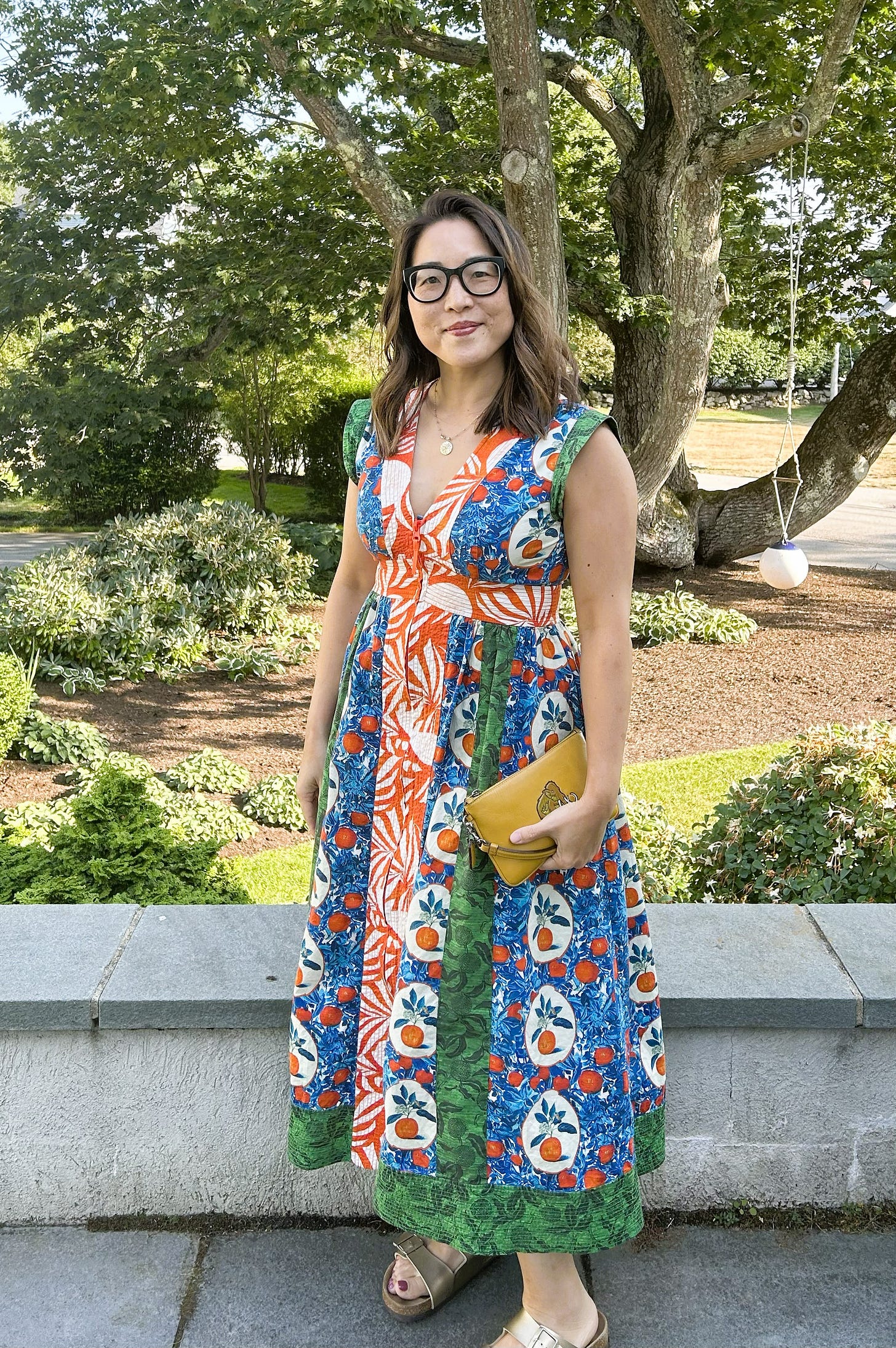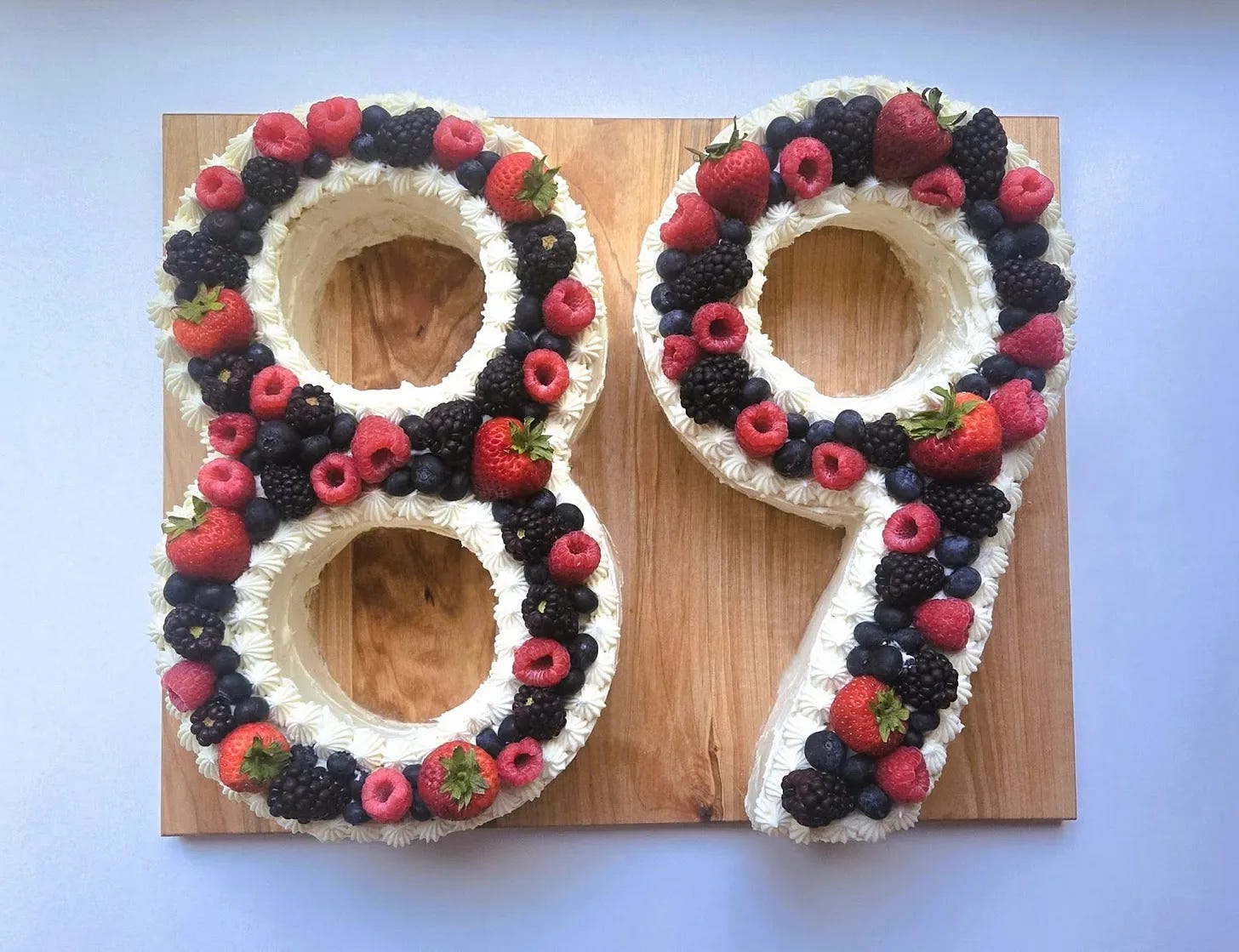This newsletter has the word small right in its title, so it should come as no surprise that I believe small things can be mighty. I’ve written before about the impact of taking small actions and making micro makeovers to your home. Today I’m sharing a systematic approach to thinking and acting small that has totally transformed my to-do list.
Over the summer I connected with
, the host of the Edit Your Life and the author of There’s Always a Story newsletter. Christine found her way to writing about editing your life in a roundabout way: After studying brain science and music, receiving a PhD, and pursuing post-doctoral work in her field, Christine realized she didn’t want the kind of life that academia offered. So, she pivoted. Alongside her work as a creative director and strategist, she’s pursued personal projects including founding the blog Boston Mamas, co-writing a book Minimalist Parenting, and starting her podcast and newsletters, It may sound like a wide-ranging list of pursuits, but Christine says, “They’re all unified by this underlying desire to solve problems and help people find ways to move things forward.”Christine and I are kindred spirits in our pursuit of simplicity, but she takes a much more systematic approach to embracing going small or as she calls it “micro.” I’m excited to share how Christine gets more done by thinking smaller.
Christine’s approach to going micro is partially informed by her earlier life studying cognitive psychology and knowing that people can’t hold a lot of things in their mind at once. “I’ve always broken projects out super granularly because it’s less draining,” she says. “Then I don’t have to remember all the moving pieces for all the different things.”
Below, Christine shares her “micro” approach to goals and how to make this strategy your own:
Break down your to-dos
Most people’s to-do lists are much too broad. “If you really want to get this thing done and want to feel like you are making progress, you’ve got to break a goal into five to 10 subtasks,” explains Christine. She always asks herself, ‘What is this element broken down to its simplest part?’
Here’s anexample from Christine’s life: Christine planned to bake a cake for her mom’s 89th birthday, but she says, “I would never just write ‘bake the cake’ in my to-do app.” Instead she breaks it down step-by-step: Grocery shop for the ingredients, cut the parchment paper pan liners, bake the cake layers, make the buttercream, wash the fruit, and then finally, assemble the cake. “I’m always breaking tasks down to the skeleton of what needs to be done,” she says.
Create a system for recording micro goals
To keep track of all those micro tasks, you need to have a consistent system for documenting your goals and progress. Christine uses the app Todoist, which allows her to have all her micro goals set up as sub tasks within a main task, but you can write down goals and tasks it in a notebook or a Google Doc. “You want to find the least point of friction for putting your ideas together,” says Christine.
Group micro goals by theme
Christine finds it helpful to group her goals together, using larger tasks and smaller subtasks in a variety of ways. For example, to break down a specific goal like tidying the living room, she’ll list every tiny thing that needs to be done: dust, style books, take dead leaves off a plant, etc.. Sometimes the larger task is a more nebulous, long-term goal, like a list Christine has labeled “The Seven-Year Declutter,” which is an ongoing list of things she wants to get rid of (she started it when her daughter was seven years away from graduation, hence the name).
Make a menu of possibilities
Another strategy Christine uses is to create a repository for random micro goals. She calls this list “weekend possibilities” since she’s most likely to tackle them throughout the weekend. She treats this list like a menu, asking herself, ‘What am I in the mood for?’ assessing her energy and enthusiasm. “I think we underestimate how much our mood plays into our ability to get things done,” she notes.
Review your list often
Christine knows she’s more likely to do something if it aligns with what she’s already doing, so she glances at her list often, including at the beginning of the day and before she leaves the house for an errand. This practice means she’s more likely to remember more obscure tasks, like recently when she was headed to the party store, she saw “plastic film recycling” on her to-do list and remembered the store had a bin. “Having all those things written down in some way, so that you can then fit them in as works for your schedule and your mood, is really important,” she says.
String micro-tasks together for impact
If you’ve got a big goal to work on, you can turbo charge your micro efforts by starting a streak. For example, earlier this summer it rained every single weekend, preventing Christine from working in her garden. So, Christine made a list of micro goals for her garden and committed to doing a little bit every day before she walked her dog. “The tasks were really tiny things: Pull the weeds out of the hostas, add some mulch to these bushes, get some weeds out of the pavement between the stones,” she says. “But I dedicated a week and everything looked all shipshape. It was very satisfying.” Commit to doing a micro goal each day. You may be surprised how much you can get done in a week or two.

Think beyond to-dos
Almost anything can be made micro—not just our household to-do list. Christine told me how she’s made her journaling practice by writing down just a sentence or two of what happened each day. “It’s been a really powerful way to think about both the good and the hard things that are occurring in our lives,” she says. In this spirit, I called one of my best friends on my walk to the subway the other day instead of waiting for the perfect time when we could both talk for an hour. Now I’ve got Christine’s voice in my head asking, ‘How can you make it smaller?’
I hope Christine’s system of micro goals help you see your to-do list in a new way. As I’ve been trying to break my to-dos down to their simplest parts, I’ve found a bonus benefit: Doing tiny tasks creates momentum. Realizing that you actually can get something meaningful done in ten minutes helped me get a ton of things off my to-do list. If you’ve had success going micro, please let me know in the comments.
To follow along with Christine’s work, subscribe to her podcast Edit Your Life and her Substack newsletter There’s Always a Story. And starting next week, she’s launching a *new* newsletter to accompany the Edit Your Life podcast. I can’t wait!
Related reading from the archive:
A Few More Things
The best small space I saw last week was a studio apartment designed by interior designer Josh Greene for a ballet dancer. I love Josh’s work, but I also appreciated the sentiment that our homes often now need to do double-duty as not just a WFH space but also a professional backdrop and the need to plan for that.
Gardening: If you’re interested in ecological gardening, but found yourself thinking, “Where do I even start?” you will love this New York Times profile of the firm Plan It Wild (gift link). Their new quiz is a great place to start.
Disconnecting: Last week, I shared that an impromptu camping trip had helped me disconnect in the best way. Then, my cell phone was rendered unusable after I cracked the screen and the repair didn’t work. I’ve found myself without a phone for almost a full week and I have felt so focussed and have used my brain so much more.
One last thing: Get ‘em while you can.








Laura, thank you so much for welcoming me into your space, and for this generous feature. It has been such a highlight to connect with you this year -- kindred spirits! And literally, whenever I buy the fancy homemade tortillas at the market, I think of you and the little luxuries approach!
So much to be inspired by here! One of my 2025 goals was to clean out a particularly packed, junky closet. It’s now almost October and I have only filled it more. Breaking the task down into smaller pieces may be just the strategy I need.